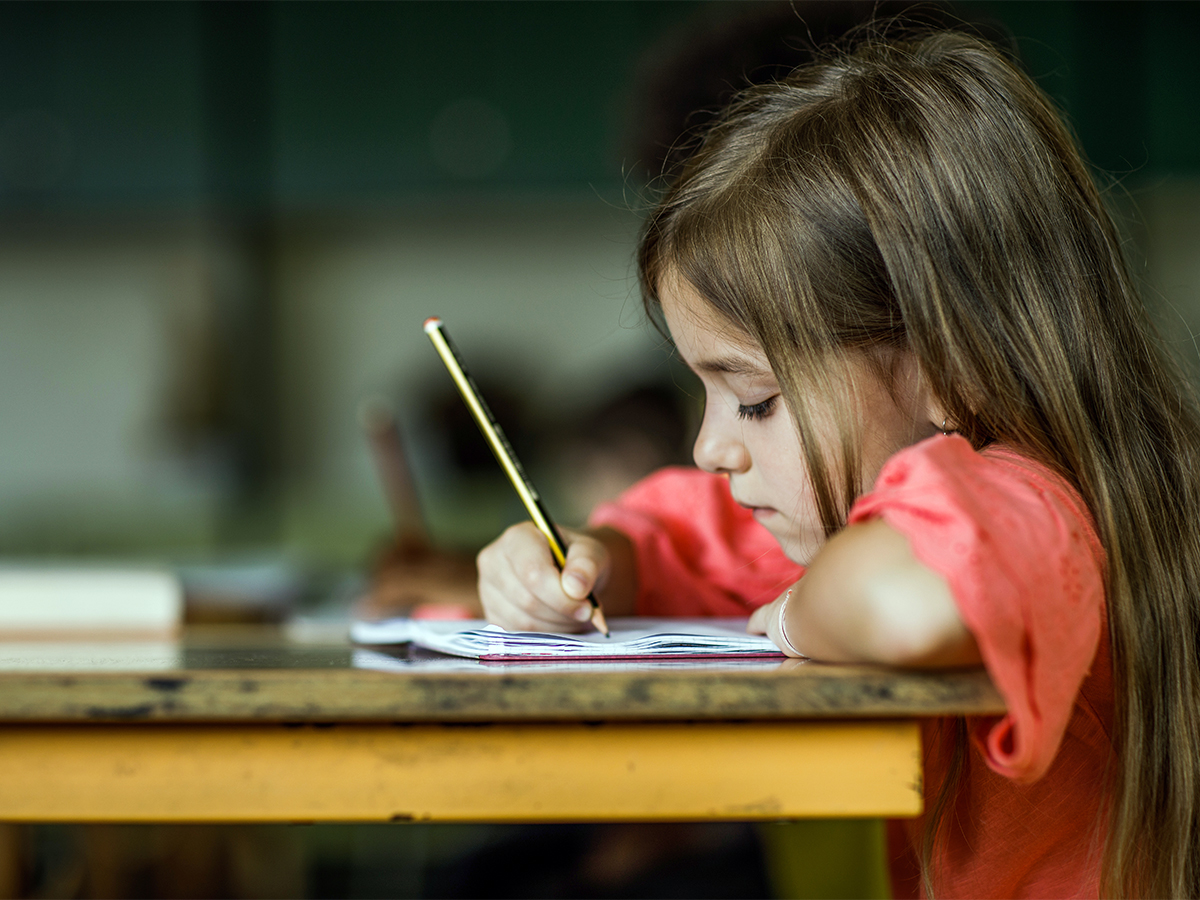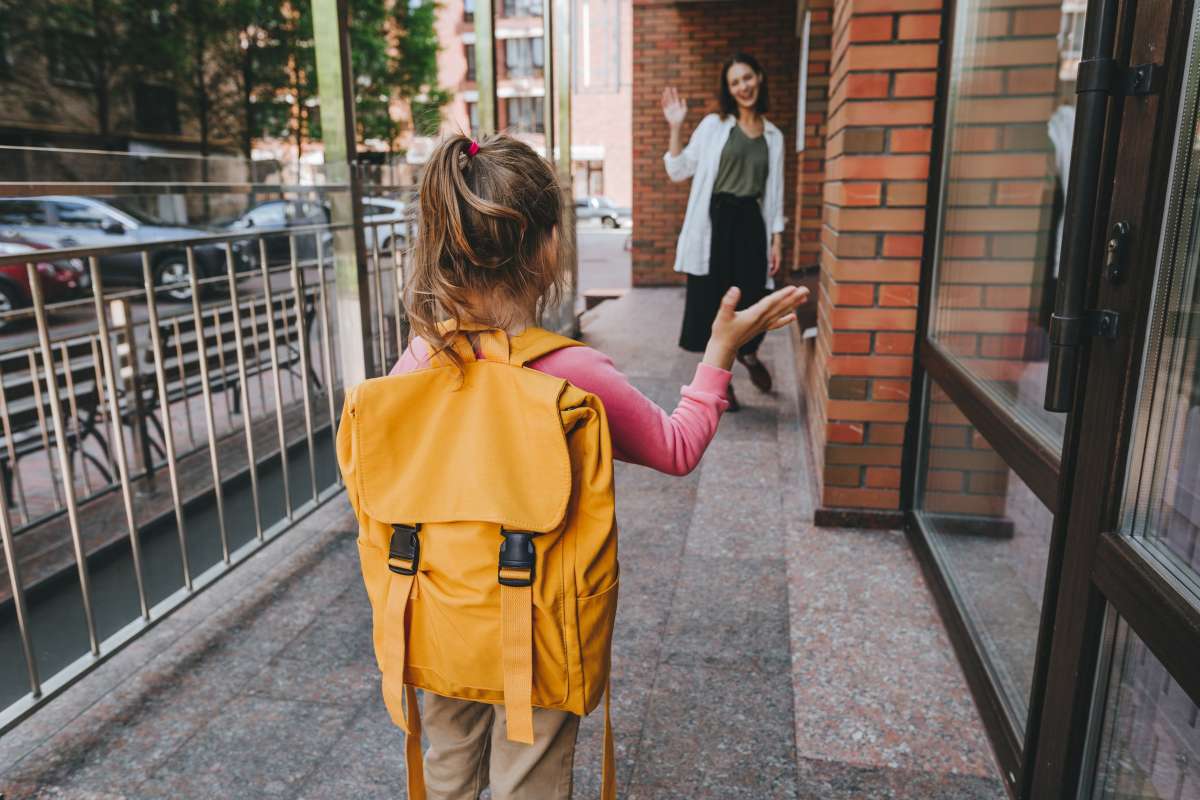Every child is unique, and this uniqueness extends to how they learn. Recognising and catering to different learning styles is essential to ensure that every child has the opportunity to thrive academically and personally. This article will explore the world of different learning styles in children and provide insights into how parents can effectively support each child’s learning journey.
The traditional one-size-fits-all approach to education must consider how children absorb and process information. Learning styles encompass a range of mental, emotional, and sensory preferences. These preferences influence how a child grasps new concepts.
1. Understanding Learning Styles
a. Visual Learners
Visual learners prefer information presented in visual formats like charts, graphs, and pictures. They often have a strong sense of spatial awareness.
b. Auditory Learners

Auditory learners thrive when they receive information verbally. They learn best through lectures, discussions, and listening to explanations.
c. Kinesthetic Learners
Kinesthetic learners learn by doing. They need hands-on experiences and physical activities to grasp concepts fully.
d. Reading/Writing Learners

These learners prefer reading and writing as their primary modes of acquiring knowledge. They excel with textbooks, written instructions, and note-taking.
2. Recognizing Your Child’s Learning Style
a. Observing Behaviors
Pay attention to your child’s behaviours and preferences when they engage in learning activities. Do they love drawing pictures, reading aloud, or participating in experiments?
b. Asking Questions

Open a dialogue with your child. Ask them how they feel most comfortable learning and what methods they find most compelling.
c. Seeking Input from Educators
Teachers often have valuable insights into a child’s learning style. Collaborate with educators to gain a more detailed understanding.
3. Supporting Visual Learners
a. Visual Aids
Provide visual aids like colourful diagrams, infographics, and videos to supplement learning materials.
b. Mind Mapping

Encourage using mind maps to help visual learners organise thoughts and ideas visually.
c. Visual Reading
Go for books with engaging illustrations and encourage your child to illustrate their understanding of texts.
4. Supporting Auditory Learners
a. Verbal Discussions
Engage in meaningful conversations with your child to stimulate their auditory learning style.
b. Audiobooks and Podcasts

Introduce audiobooks and educational podcasts that align with your child’s interests.
c. Music
Music can be a powerful tool for auditory learners. Include background music while studying or learning.
5. Supporting Kinesthetic Learners
a. Hands-On Activities
Provide opportunities for hands-on learning experiences. These can include science experiments, art projects, or building activities.
b. Movement Breaks

Allow regular movement breaks during study sessions to help kinesthetic learners stay engaged.
c. Field Trips
Field trips and outdoor activities can be highly beneficial for kinesthetic learners.
6. Supporting Reading/Writing Learners
a. Reading Material
Ensure access to various reading materials, including books, magazines, and online resources.
b. Journaling

Encourage journaling as a means of self-expression and a way to reinforce learning.
c. Note-Taking
Teach effective note-taking techniques to help reading/writing learners organise information.
7. The Value of Blended Learning
a. Combining Strategies
Blended learning combines different teaching methods and can cater to various learning styles in a single educational setting.
b. Individualized Education Plans (IEPs)

IEPs can provide tailored support within a school environment for children with specific learning needs.
Understanding and supporting different learning styles in children is an investment in their future success. Every child deserves the opportunity to learn in a way that resonates with them. This builds a lifelong love for learning and enables them to reach their full potential. Recognising your child’s unique learning style is essential. Whether they are visual, auditory, or reading/writing learners, this recognition will empower them to excel academically and personally.
